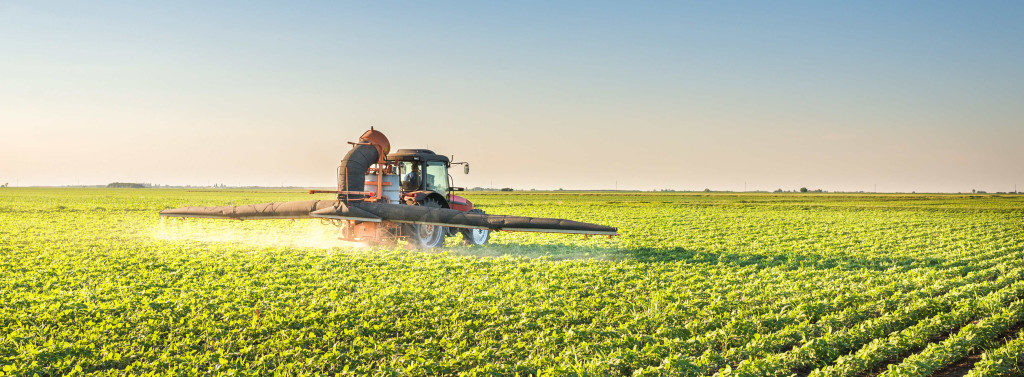In today’s talking points: China’s richest village turns to high-quality rice cultivation; Genomics crucial for increased productivity in Australia’s beef industry; Australia consumers demand “perfection” for their produce; High costs hurting the competitiveness of China’s agriculture industry.
China’s richest village turns to high-quality rice cultivation
Huaxi Village – known to many as China’s richest village – has decided to go back to its agricultural roots in response to decades of industrial development. The Jiangsu village has been at the forefront of China’s industrialisation, and is now host to an aviation firm and advanced banking, steel making, new energy and chemical fibre industries.
Despite the village’s economic success, many villagers feel dismayed that agriculture has almost died out at the expense of industrial development, thus they decided to launch a project to revitalise agriculture in the village last year. As part of the initiative, seven young intellectuals were chosen to visit the Japanese Asahi Noyu Farm, famed for its high quality rice, to learn the ins and outs of quality rice cultivation, which involves water filtration and manual seed selection. Last year experimental plots yielded 60 tonnes of rice, only half the typical output of a field the same size. However, the rice has garnered much praise and was even won the gold award at the Jiangsu Rice Appraisal Competition.
Huaxi’s high-grade rice cultivation program is in line with growing demand by Chinese consumers for safe and healthy food products.
Read more at: China Daily
Genomics crucial for increased productivity in Australia’s beef industry
Australian beef producers should adopt genomics technology to maximise productivity, according to geneticist Dr Saatchi at the recent Shorthorn Beef National Conference in Dubbo, New South Wales. The technology is currently being used in the US beef industry where more than 80,000 animals have already been genotyped to refine breeding programs. Australian breeders should cooperate to establish a genetic database to fully reap the benefits of the technology, according to Dr Saatchi. A nationwide database would provide individual breeders with plentiful options for optimal bull selection based on genetic evaluations.
Read more at: The Weekly Times
Australian consumers demand “perfection” for their produce
Perfection has become an expectation for Australian consumers when choosing fruit and vegetables, with consumers now expecting good tasting, good looking, annually available produce 100% of the time. They also expect staunch food safety measures, sustainable farming practices, transparent production processes and assurance that growers are paying their employees a fair wage. These rising demands have been accompanied by complex issues affecting producers, including government red tape, rising labour costs and water issues, yet producers have been able to maintain a “better than ever” standard despite these challenges.
The high quality of Australian produces attracts much demand from Asia’s middle class, as safety and consistent quality are highly sought after in the region. However, as Asia’s middle class grows it is predicted that their demands and expectations will quickly catch up to the West. It is therefore vital that Australian producers continue to stay at the forefront of quality, ethical and sustainable produce production to keep up with evolving tastes in Asia.
Read more at: The Weekly Times
High costs hurting the competitiveness of China’s agriculture industry
China’s grain costs are prohibitively high and are an issue for the competitiveness of China’s agriculture industry, according to a report by the Rural Development Institute of the Chinese academy of Social Sciences. High costs have been attributed to rising land and labour prices, which have boosted China’s domestic grain prices to near or even above imported grain. Low efficiency is also a problem, and has led to calls for greater mechanisation and governance improvements in China’s agriculture industry as part of a comprehensive modernisation of this crucial sector.
Read more at: China Economic Net


